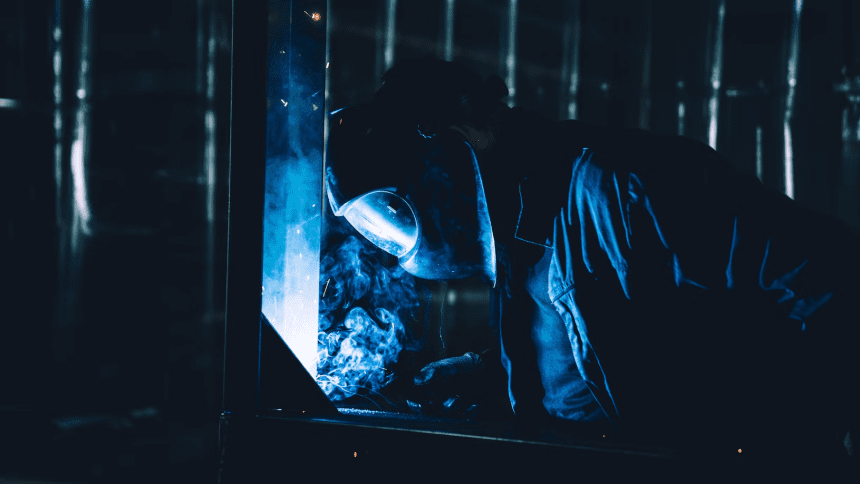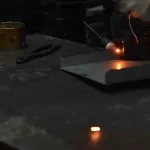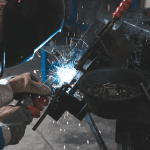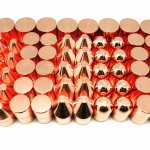Welding is a skill that requires practice, technique, and continuous learning. Whether you’re a beginner or an experienced welder, there are always tips, tricks, and shortcuts that can help you improve your welding abilities. In this welding short course, we will explore some valuable insights and techniques to enhance your welding skills and ensure solid results, regardless of the welding process you employ.
Welding Tips, Tricks, and Shortcuts
Welding Town
The Evolution of Welding Processes
Over the years, the arsenal of welding weapons has expanded, offering a variety of processes for different applications. If you’re over the age of 50, you may be familiar with shielded metal arc welding (SMAW), commonly known as stick welding. However, advancements in technology have introduced other processes like metal inert gas (MIG), flux-cored arc welding (FCAW), and tungsten inert gas (TIG).
Today, multipurpose welders combine these processes into one package, providing versatility and convenience. Regardless of the process you choose, the following welding tips, tricks, and shortcuts can help you achieve better results.
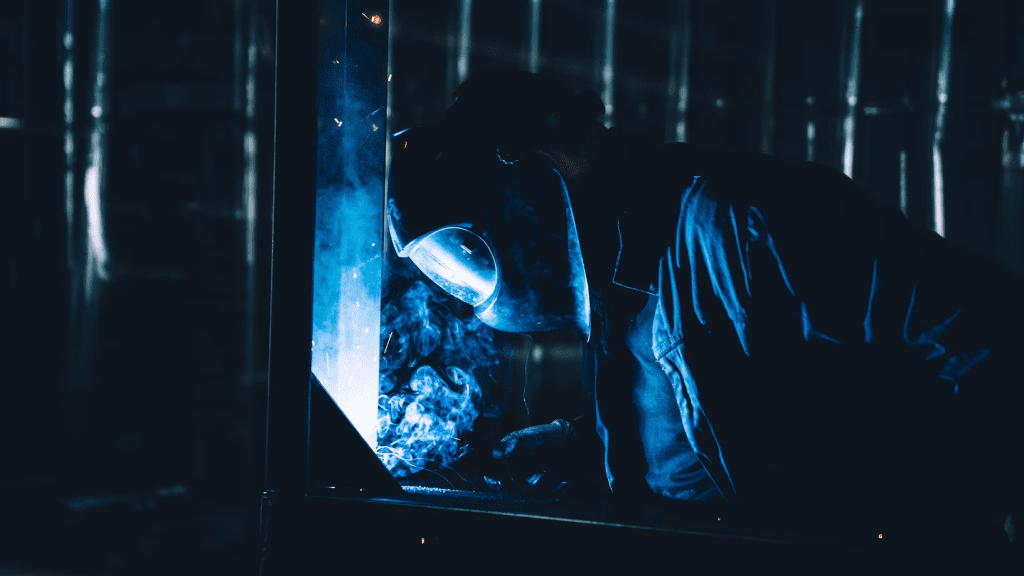
Commonsense Wire Welding Tips
Jody Collier, a welding expert, has shared numerous practical tips and tricks through his websites, weldingtipsandtricks.com and welding-tv.com. Here are 10 tips from Collier to improve your MIG and flux-core welding skills:
- Get a better ground clamp. A good ground connection is essential for successful MIG welding. Invest in a copper ground clamp with a strong spring for optimal conductivity.
- Watch your stick out. Stickout refers to the distance between the welding tip and the arc. Keep the stick out under 1/2 inch for short circuit MIG welding on thicker metals to achieve a crisp arc.
- Learn to weld uphill. When welding thicker materials, welding uphill allows for better penetration. Push the weld uphill to improve the quality of your welds.
- Match your contact tube, gun liner, and drive rolls to the wire size. Using the correct sizes ensures smooth wire feeding and prevents issues during welding.
- Maintain and replace consumables regularly. Clean the gun liner, drive rolls, and nozzle to prevent blockages and ensure smooth wire feeding. Replace contact tips when necessary.
- Inspect and replace the gun liner as needed. Over time, gun liners can accumulate dust and copper from the wire, affecting wire feeding. Replace the liner if feeding issues arise.
- Weld with both hands. Stabilize the gun neck with one hand and hold the part with the trigger hand for better control and precise starts.
- Optimize wire feeder hub tension and drive roll pressure. Adjust the tension to allow smooth wire feeding without overtightening.
- Use a big drop cord for extended reach. If you require an extension cord, choose a heavy-duty one to minimize voltage drop and ensure consistent performance.
- Invest in a good auto-darkening helmet. A quality helmet allows you to see the wire’s position before triggering the arc, ensuring accurate weld placement.
Changing MIG Gases
While carbon dioxide (CO2) is the go-to gas for MIG welding, it may be too hot for welding thin metals. Jody Collier suggests switching to a mixture of 75% argon and 25% CO2 for better results. This mixture provides optimal shielding and improves weld quality on a wide range of materials.
For welding aluminum, a mixture of 100% argon or an argon-helium blend is recommended. For stainless steel, a mixture of 90% argon, 7.5% helium, and 2.5% CO2 works well.
Cleaning Aluminum for Successful Welds
When welding aluminum, thorough cleaning of the weld site is crucial for successful welds. Aluminum oxides melt at a higher temperature than the base metal, hindering penetration. Follow these steps to clean aluminum effectively:
- Remove oil, grease, and water vapor using a suitable organic solvent like acetone or non-chlorinated brake cleaner.
- Use a stainless-steel wire brush with a strong alkaline or acid cleaner to remove surface oxides. Ensure the brush is dedicated solely to cleaning aluminum.
- Remove any paint from the welding area.
- Cover the welding joint with brown kraft paper if welding will be delayed to prevent dirt and grit from settling into the weld area.
Remember to keep the weld site dry and at room temperature for optimal results.
The Advantages of Stick Welding
Stick welding, once overshadowed by wire welding, has regained its place as a valuable welding process. Modern stick welders offer alternating current (AC) and direct current (DC) capabilities, providing advantages like easier starts, less spatter, and better weld appearance. Stick welding excels in outdoor operations, works well on thick materials, and can penetrate rust, dirt, and paint.
Consider the following stick welding tips:
- Choose the right electrode. A6011 electrodes provide deep penetration, making them suitable for dirty, rusty, or painted materials. E7018 electrodes are ideal for out-of-position welding and high-strength steel.
- Set appropriate amperage. Consult the recommended amp range for your electrode type and diameter, selecting the amperage based on the metal thickness.
- Practice scratch start and tapping techniques. Experiment with different starting methods to find what works best for you. These techniques help achieve a stable arc and proper fusion.
- Maintain the correct fillet leg length. When welding fillet joints, ensure the leg length matches the thickness of the parts welded for optimal strength.
Eliminating Hydrogen and Avoiding Weak Welds
Hydrogen is a major threat to welding, causing delayed welding and heat-affected zone cracking. To eliminate hydrogen-related issues, thoroughly clean the metal surface by removing oil, rust, paint, and moisture. These contaminants are potential sources of hydrogen.
When welding high-strength steels, thick sections, or heavily restrained areas, use low-hydrogen electrodes and preheat the weld area to minimize hydrogen-related problems.
Porosity is another common welding issue that weakens welds. It appears as sponge-like holes or bubbles on the surface. To prevent porosity, ensure adequate shielding gas coverage, remove contaminants, maintain proper wire stickout, and follow wire manufacturer recommendations. Allowing the puddle to remain molten for a longer duration before freezing can also help release trapped gases.
TIG Welding Best Practices
Tungsten inert gas (TIG) welding offers excellent control and is ideal for welding thin metals, aluminum, and stainless steel. However, it requires coordination between both hands and foot control. To improve your TIG welding skills, consider the following tips:
- Maintain cleanliness. Thoroughly clean the base metal using a degreaser and a dedicated wire brush. Ensure your hands and filler rod are also free from contaminants.
- Focus on comfort and support. Find a comfortable position and provide support for your hands or arms using blocks or other stable surfaces. This helps maintain control and stability during welding.
- Practice before welding. Perform a practice run without power to simulate the weld movement. Adjust your position to achieve smoother welds and reduce stress.
- Replace contaminated electrodes immediately. If an electrode becomes contaminated, replace it promptly. Keep pre-sharpened electrodes on hand for quick replacements.
By following these tips and practicing regularly, you can enhance your welding skills and achieve better results in your projects. Remember that welding is a continuous learning process, and embracing new techniques and technologies will help you become a more proficient welder.
In conclusion, this welding short course provides valuable insights, tips, and tricks to sharpen your welding skills. Whether you prefer MIG, stick, or TIG welding, applying these techniques will help you produce solid results in your welding projects. Keep practicing, stay updated with industry advancements, and enjoy the rewarding experience of mastering the art of welding.
#SEO Keywords: welding tips, welding tricks, welding shortcuts, welding skills, welding processes, MIG welding, stick welding, TIG welding, multipurpose welders, wire welding tips, changing MIG gases, cleaning aluminum for welding, stick welding advantages, hydrogen in welding, weak welds, porosity in welding, TIG welding best practices.







